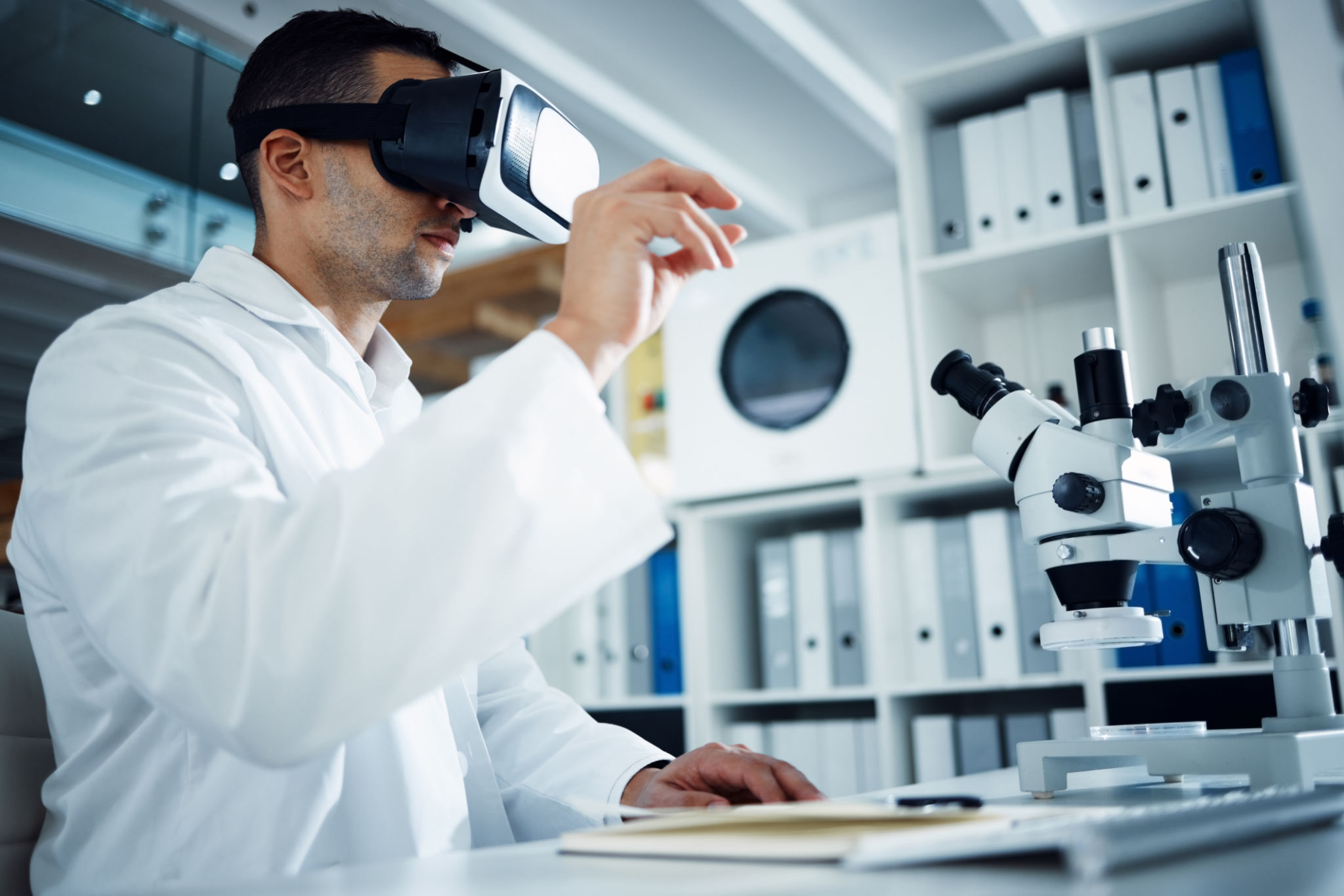Expert Insights: The Future of Smooth Muscle Organoids in Regenerative Medicine
Understanding Smooth Muscle Organoids
In recent years, the field of regenerative medicine has witnessed significant advancements, with smooth muscle organoids emerging as a promising development. Smooth muscle organoids are 3D structures grown from stem cells that mimic the function and structure of actual smooth muscle tissue. These organoids have the potential to revolutionize treatments for various medical conditions by providing an innovative approach to tissue regeneration.

The Role of Smooth Muscle Organoids in Regenerative Medicine
Regenerative medicine aims to restore function by repairing or replacing damaged tissues and organs. Smooth muscle organoids are at the forefront of this field, offering new opportunities for developing therapies for diseases affecting smooth muscle tissues, such as gastrointestinal disorders, vascular diseases, and pulmonary conditions. By replicating the natural environment and behavior of smooth muscle, these organoids can significantly enhance our understanding of disease mechanisms and treatment responses.
Potential Applications
The potential applications of smooth muscle organoids are vast and varied. Key areas where they may have a transformative impact include:
- Drug Testing and Development: Organoids can be used to test new drugs, providing a more accurate model of human tissue responses compared to traditional 2D cell cultures.
- Tissue Engineering: By using organoids to create functional tissue constructs, researchers can potentially repair or replace damaged tissues.
- Disease Modeling: Organoids offer a controlled environment to study disease progression and development, leading to better therapeutic strategies.

Technological Advances Driving Progress
The progress in smooth muscle organoid research is largely driven by technological advances in stem cell biology and tissue engineering. Techniques such as CRISPR gene editing and advanced imaging technologies have enabled scientists to create more sophisticated and functional organoids. This progress is crucial for understanding the complex interactions within tissues and developing precise medical interventions.
Challenges and Opportunities
Despite the promising potential of smooth muscle organoids, several challenges remain. One major hurdle is the complexity of replicating the exact cellular architecture and functionality of native tissues. Additionally, scalability and standardization in organoid production are crucial for their widespread application. However, these challenges present opportunities for innovation and collaboration across disciplines, paving the way for breakthroughs in regenerative medicine.

The Future Outlook
The future of smooth muscle organoids in regenerative medicine looks promising. As research continues to evolve, these organoids could become integral components of personalized medicine, offering tailored treatments based on individual patient needs. Furthermore, as our understanding of stem cell differentiation and tissue regeneration improves, the applications of smooth muscle organoids are likely to expand into new therapeutic areas.
The potential of smooth muscle organoids extends beyond current medical applications. They hold promise for addressing unmet medical needs, reducing dependency on organ transplants, and potentially alleviating the shortage of donor organs. With ongoing research and collaboration, smooth muscle organoids may soon become a cornerstone of innovative medical treatments.
Conclusion
In conclusion, smooth muscle organoids represent a significant advancement in regenerative medicine. With their ability to mimic natural tissue function and structure, they offer exciting possibilities for enhancing our understanding of diseases and developing new therapies. As technological advancements continue to drive progress, smooth muscle organoids are poised to play a pivotal role in shaping the future of medicine.
